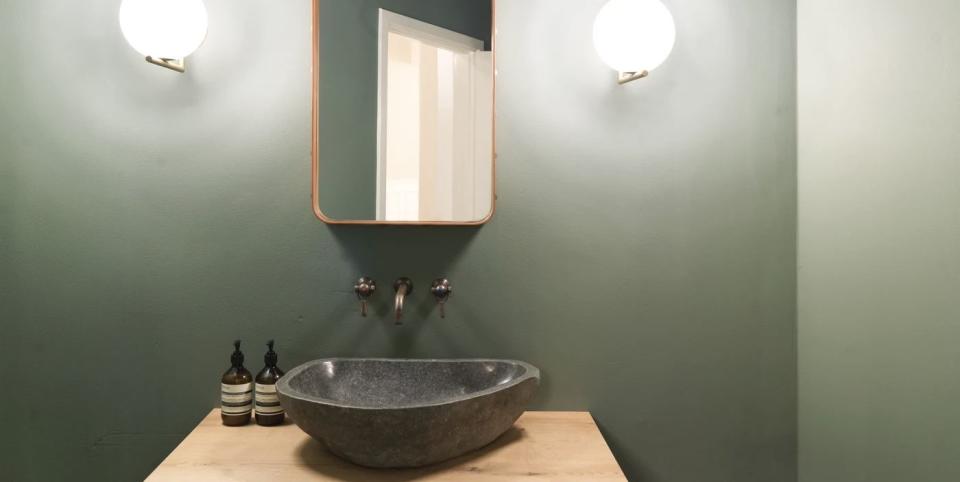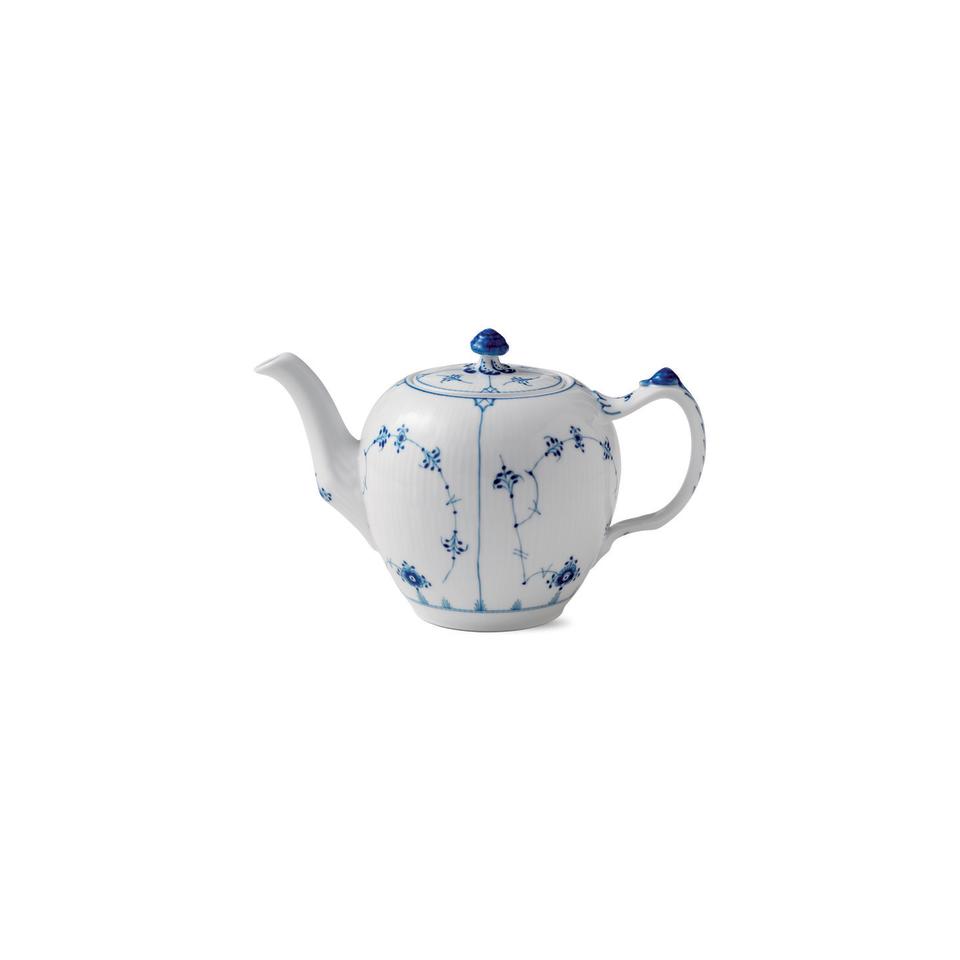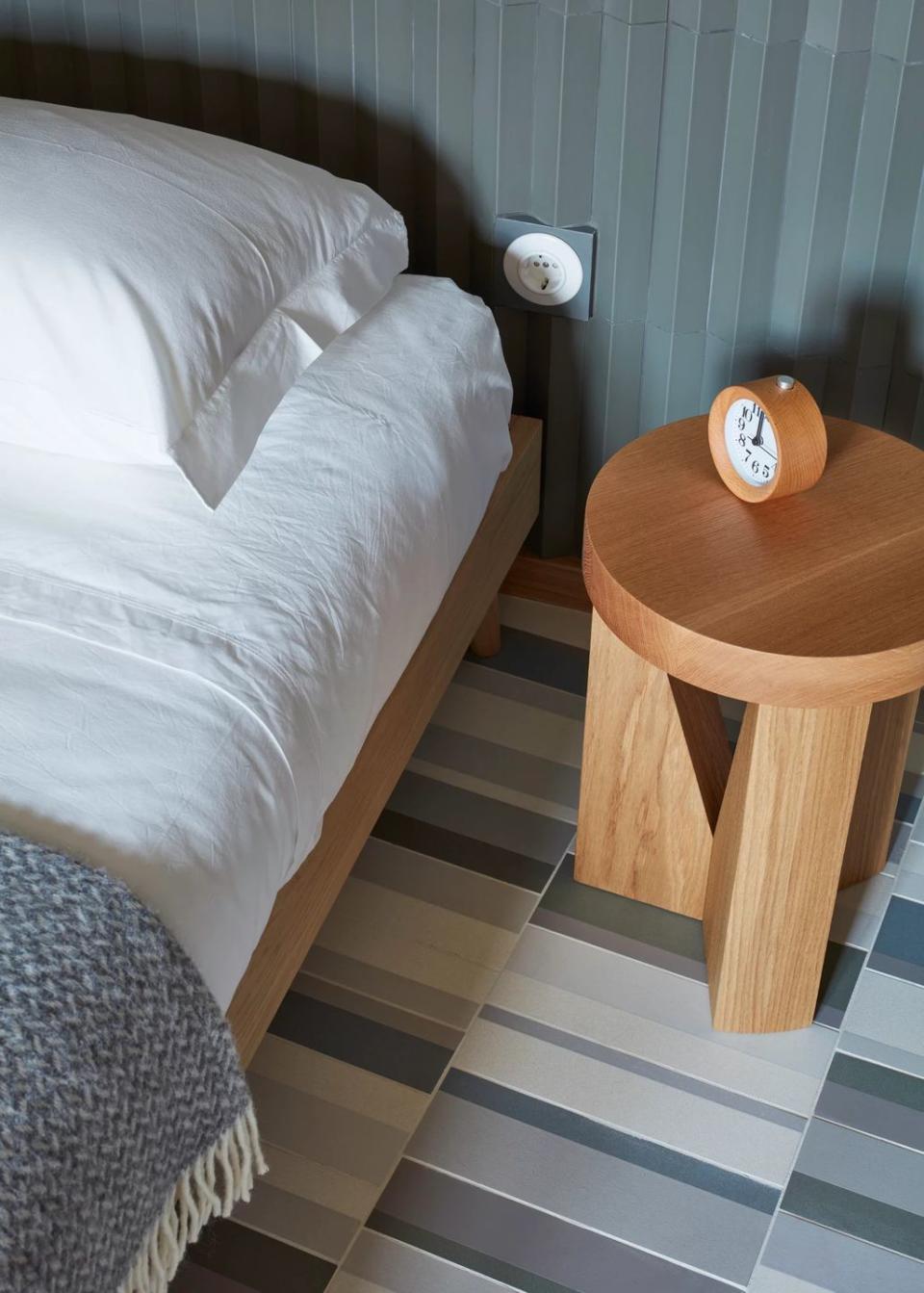No, "Japandi" Isn't a New Trend: The Complex History Behind the Japanese and Scandinavian Design Relationship

If you follow enough design accounts on social media, chances are you've come across the term "Japandi" of late. The word, achieved by blending the words "Japan" and "Scandi" (short for Scandinavian) is a catchall for a kind of Japanese/Scandinavian fusion design, a blend of the famous Nordic “hygge” and Japan’s Wabi Sabi. And though design neophytes might call this a "trending" style, the truth is that this intertwined design history dates back over 150 years.
At first glance, this may seem an unlikely design union. After all, Japan and the Nordic countries are on opposite sides of the globe. And yet, their design sensibilities are remarkably similar: Denmark, especially, has a close, active relationship with Japan. It’s a trade and cultural exchange that started some 150 years ago, according to Nicolina Olsen-Rule of Design Museum Denmark in Copenhagen. That’s when the Asian nation opened its borders after centuries of seclusion and a visiting Danish naval officer, William Carstensen, wrote a best-selling book about its culture and shops, kicking off a fascination that never quite died out. In fact, the museum features a large collection that celebrates the two countries’ long traditions of trade and friendship.

Today there are several Danish design studios with showrooms both in Copenhagen and Tokyo, and Japanese collectors have long flocked to auctions selling Danish midcentury furnishings and Georg Jensen silver. They’re also eager shoppers at Illum’s Bolighus, an iconic Copenhagen design emporium. At the same time, Danish designers and artisans often trek to Japan for inspiration.
Trend or DNA?
Interestingly, Thomas Lykke of OEO Studio—a Danish design company with studios in Copenhagen, Tokyo, and Kyoto and designs included in the Smithsonian—dislikes that the Japanese-Scandi connection is termed a trend. “Trends tend to pass by,” he says, “and the Japanese-Danish connection is far beyond that. It’s actually part of our DNA, I think. Meticulous craftsmanship and attention to details, simplicity and timelessness are deep-rooted in both nations’ culture. To preserve, maintain and care—for generations to come—are shared values. We want design that will be relevant 50 years from now."

Aya Okamura, whose company, Ayaomimi, promotes Danish design in Japan and hosts an annual event calledTokyo-Denmark, agrees with Lykke. Born and raised in Denmark by Japanese parents (both designers), Okamura says she finds distinct similarities in the two countries’ design aesthetics. “There is a common understanding that good things take time,” she notes. "Patience and the interest in long term satisfaction have created what we now recognize as design classics, loved by people all over the world."

As Lykke sees it, any timeliness is more a factor of newcomers catching onto the appeal of those values: "We are, in our hectic lives, looking for meaningful ways to live, through a slower pace, craftsmanship and rituals—whether that’s a tea ceremony in Kyoto or a coffee break in Copenhagen," he muses.
Okamura points out that a more recent move towards eco-conscious design worldwide may also play a factor, given that this mentality has underscored the design mentalities of both countries for centuries: "Neither of our countries has vast natural resources," she points out. "So we respect what we have and work with it.”
Hygge and Wabi Sabi
Much of the recent comparisons between the countries have pointed to two of their most widely-known design styles: hygge and Wabi Sabi, respectively. Hygge, now a word universally understood to stand for comfort, is a quintessentially Danish term for a kind of coziness that results in warmth even in the most sleek, modern rooms. It often involves texture: pillows, throws, animal skins, wall hangings, area rugs and plants—anything, it seems, to warm up those cool Nordic rooms.
Giving a family heirloom pride of place in a contemporary room is one of the most cherished ways to create hygge. By comparison, Wabi Sabi invokes the idea of the imperfection of patina, an effect that might come after much use.

“Generally, Danish design pieces fit well into the understanding of Wabi Sabi,” notes Okamura. “Because they are often made of natural materials and thus they age over time. Things gain patina if they are used daily, and both Japanese and Danish designers regard this process as beautiful. Sometimes a minimalistic home can become too anonymous and a bit of Wabi Sabi can remedy that.”
Sofie Molls of Illums Bolighus is on the same page. “Heirloom pieces stand the distance because the quality was there in the first place,” she explains. “Just think of the Wishbone chair. It is made of wood with a seagrass seat. Clever and beautiful and designed by Hans Wegner in 1949. I have six of them in my own living-room, and wear and tear only make them more beautiful. That’s Wabi Sabi.”
Follow House Beautiful on Instagram.
You Might Also Like

 money
money 